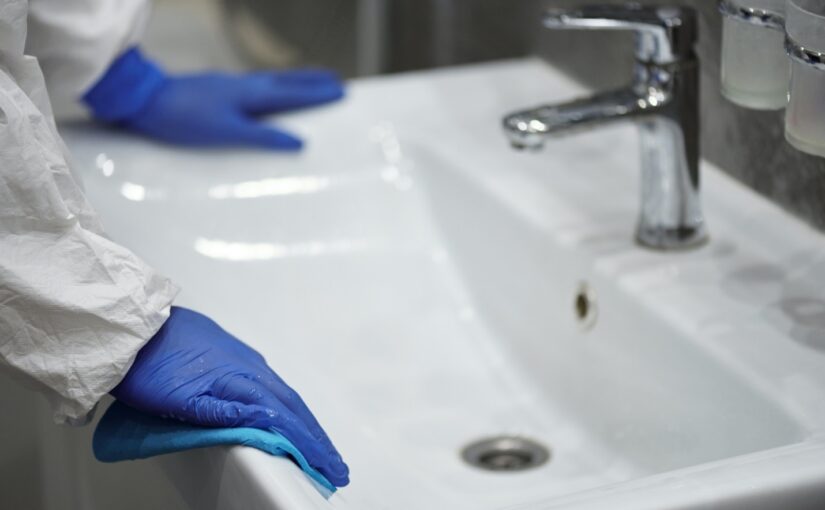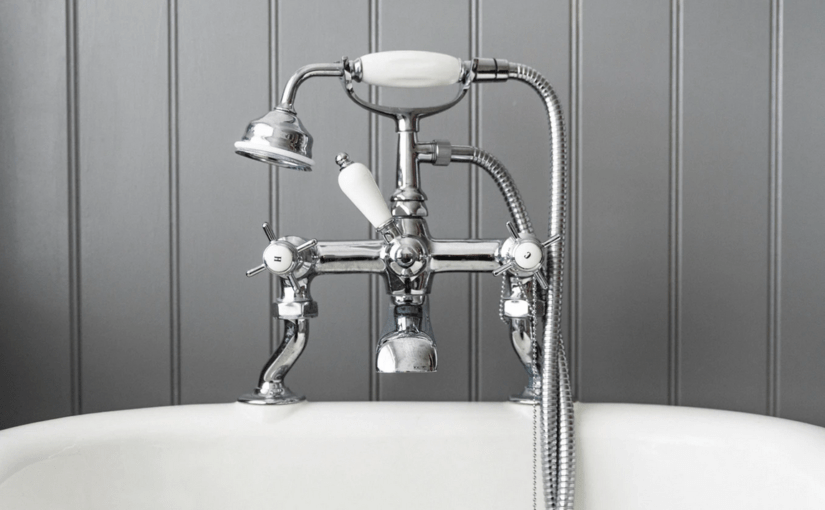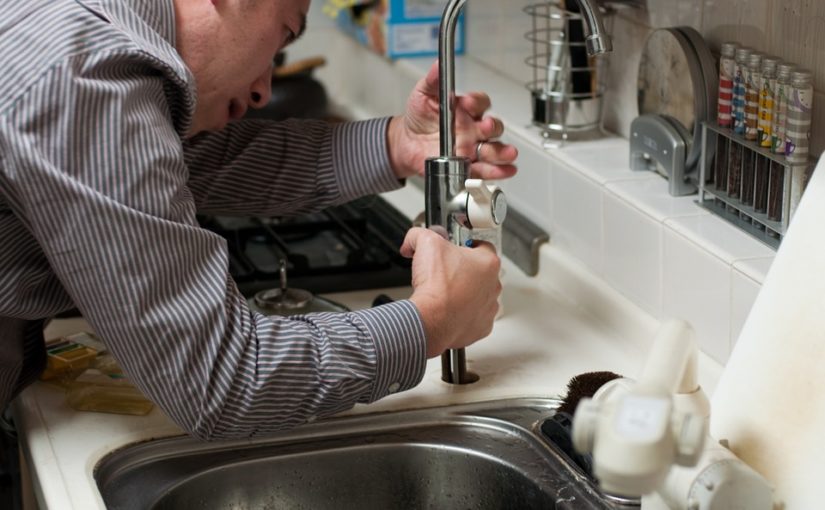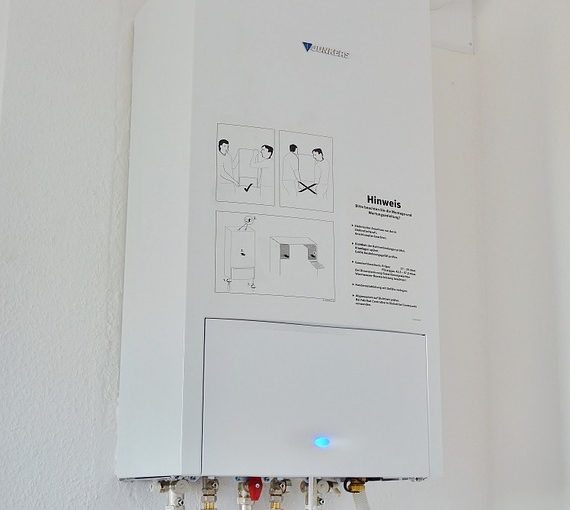Introduction
Have you ever experienced a drain emergency at home? Is that persistent drip-drip sound keeping you up at night? Or perhaps you’re dealing with a constantly clogged drain that refuses to be vanquished, no matter how much drain cleaner you attempt to battle it with. Well, the good news is drain relining might be just the solution you’ve been scanning the horizon for. This blog post aims to uncover the intricacies of this innovative method and demonstrate how it can solve your plumbing issues in the long run.
Plumbing problems strike every home at one point or another, yet many homeowners are unaware of the array of solutions available at their fingertips. Enter drain relining – a non-invasive, cost-effective, and highly efficient method of dealing with pipe and drain issues that don’t involve ripping up your precious flooring or landscaping. But what exactly is drain relining, and why should you consider it as your solution of choice?

Let’s delve right into the heart of drain relining to comprehend how this process truly works, its myriad benefits, and potential drawbacks. Before all that though, it’s imperative to fully understand what leads to damaged pipes in the first place. Here is a concrete examination of the procedure, allowing you to distinguish whether it is the ideal solution for your plumbing predicaments.
Understanding Pipe Damage And The Need For Repair
Every homeowner dreads the moment they discover a leak or a clog in their pipes. It’s a daunting task, especially when you’re completely unaware of what’s causing the issue. From temperature variations, soil shifts, and tree root intrusions, to simple wear and tear over time, numerous factors can contribute to pipe damage.
In most scenarios, minor problems can quickly escalate if left untreated, leading to significant damage and, subsequently, extravagant repair costs. This is why early detection and resolution are critical in maintaining the health of your plumbing system.
Drain relining emerges as a modern and effective solution to this age-old problem. But to adequately appreciate its stronghold as a preferred method of repair, you must first comprehend what the procedure entails and how it’s carried out.
What Is Drain Relining And How It Works
Drain relining, often referred to as ‘Cured-in-Place Pipe’ (CIPP), is a no-dig process used to repair damaged pipelines. This technique involves inserting a liner soaked with resin into the damaged pipe, which is then inflated and left to cure, forming a new pipe within the old one.
The process commences with a diagnostic drain survey to determine the nature and extent of the damage. Once this is ascertained, the problem area is cleaned thoroughly, and a tailor-made liner is inserted into the pipe. Consequently, the liner is cured or hardened, effectively creating a sturdy, new pipe within the existing one.
Unlike traditional methods that require excavation, drain relining is non-invasive, swift, and generally less costly, making it an ideal solution for property owners grappling with damaged plumbing systems.
Benefits Of Drain Relining
There’s no denying that drain relining has transformed the landscape of plumbing repairs, offering numerous exciting benefits. Firstly, the no-dig methodology makes it a faster, cleaner alternative to traditional methods.
Secondly, drain relining provides a strengthened and more durable ‘pipe within a pipe,’ offering enhanced resistance to future damages. Thirdly, it’s a versatile method, suitable for various pipe materials and diameters.
Lastly, the extended lifespan and low maintenance requirements of relined pipes culminate in significant cost savings, satisfying both your pipes and pockets!
Potential Drawbacks Of Drain Relining
As promising as it may seem, like any other method, drain relining isn’t devoid of its downsides. Firstly, though infrequent, there is a possibility of the resin not setting correctly, which might require rectification.
Secondly, drain relining might not be applicable if your pipe is heavily fractured or collapsed. Lastly, despite being cost-effective in the long run, the initial costs can be higher than traditional methods, which might not be everyone’s cup of tea.
Conclusion
Plumbing issues are no surprise to homeowners. Despite their inevitability, the ways to tackle them have diversified significantly over the years. Drain relining stands out in this milieu – a unique blend of innovation and functionality, solving plumbing issues effectively and ensuring longevity.
Undoubtedly, the convenience, speed, versatility, and cost-effectiveness of drain relining make it a formidable contender in the world of pipe repairs. But, as with any home improvement decision, it’s essential to thoroughly weigh up the pros and cons and engage a reputable, skilled professional to do the job. After all, the health of your home’s plumbing system lies in good hands; make sure they’re the best ones.
So, if you’re grappling with pesky plumbing predicaments, drain relining might just be your knight in shining Armor, ready to rescue your home from the distress of leaking or clogged pipes!









